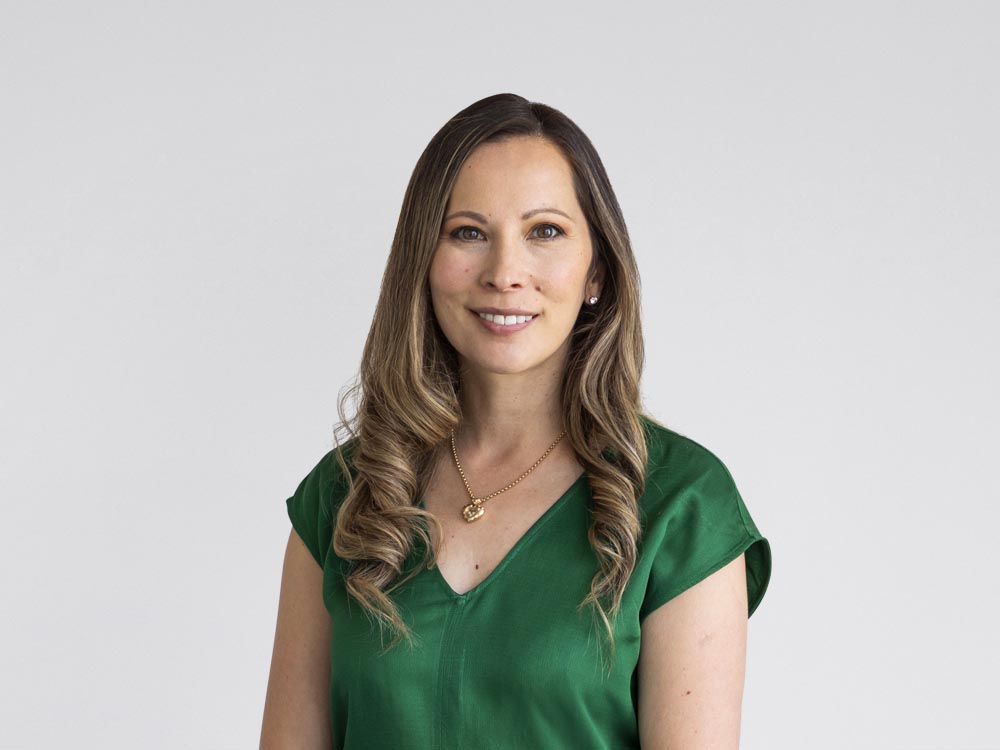Inland Revenue has released a draft interpretation statement: PUB00465 Charities - Business income exemption, with the consultation period being 2 February to 15 March. This interpretation statement considers the extent to which business income that a charitable entity derives is exempt from tax under section CW 42 of the Income Tax Act 2007. For a charity to have its income exempt under section CW 42, it must be income that the entity derives directly or indirectly from a business carried on by, or for, or for the benefit of a charity.
Who is this Statement for?
This statement is relevant to charities registered with the Charities Services that derive income directly or indirectly from a business carried on for charitable purposes. It explains when that income will be exempt from tax.
What does the Interpretation Statement do?
This statement gives Inland Revenue’s interpretation of the tax treatment on charities under section CW 42. It breaks down the requirements that must be fulfilled to have the income exempt, including discussion on the areas of contention that the Commissioner has identified as requiring clarification. Below we have outlined a number of the key issues discussed in the Interpretation Statement.
- Income from a business includes income from a tax charity’s trade or business activities (including income derived from a business of investment) and other income sufficiently connected to a charity’s business operations.
- The statement notes that investment income that is so closely connected to a charity’s business will constitute income from that business. However, the particular circumstances and nature of the business always remain relevant in determining whether investment income qualifies as business income.
- Where a charity is a trust, the duty of trustees to invest trust property prudently does not automatically result in the charitable trust’s investment activities constituting a business.
- Gifts received by charities may be considered business income. However, it will not be business income if it is unrelated to the charity’s business activity and prompted by the payer’s intention to progress the charity’s charitable purpose or is capital in nature.
- Business income is only exempt to the extent the charity’s charitable purposes are confined to New Zealand. Therefore, if a charity operates both within and outside of New Zealand, it must allocate its income accordingly. This division does not need to be precise but must reflect what an objective person would consider is reasonable in the circumstances. The statement gives several examples on how a charity might split their business income:
- Level of support provided to each purpose;
- Application of funds to charitable purposes in New Zealand; and
- Split based on historical purposes.
- Determining whether a charity has a charitable purpose in New Zealand is a question of fact. This involves considering the tax charity’s rules and where its purposes are in fact carried out.
- A tax charity can split its deductible business expenditure on the same basis that it splits its business income between its charitable purposes in and outside New Zealand.
Our Thoughts
Despite section CW 42 being in force for many years, it continues to pose challenges for charities. This is due to the wording of provision which leaves it open to several interpretations, some leading to income not being exempt. The Interpretation Statement therefore provides useful guidance to charities on the requirements that they must fulfil to have their business income exempt and provides clarification on matters that have caused uncertainty. Given investments often constitute a substantial portion of a charity’s income, it would be beneficial if the finalised Interpretation Statement provides more detailed guidance on the conditions under which investment income may be exempt, such as the factors the Commissioner might consider.
If you have any questions, please contact one of our experts.
This article was co-authored by Shane Antia, a summer clerk in our Corporate and Commercial team.
Key contacts
Speak with one of our experts.





